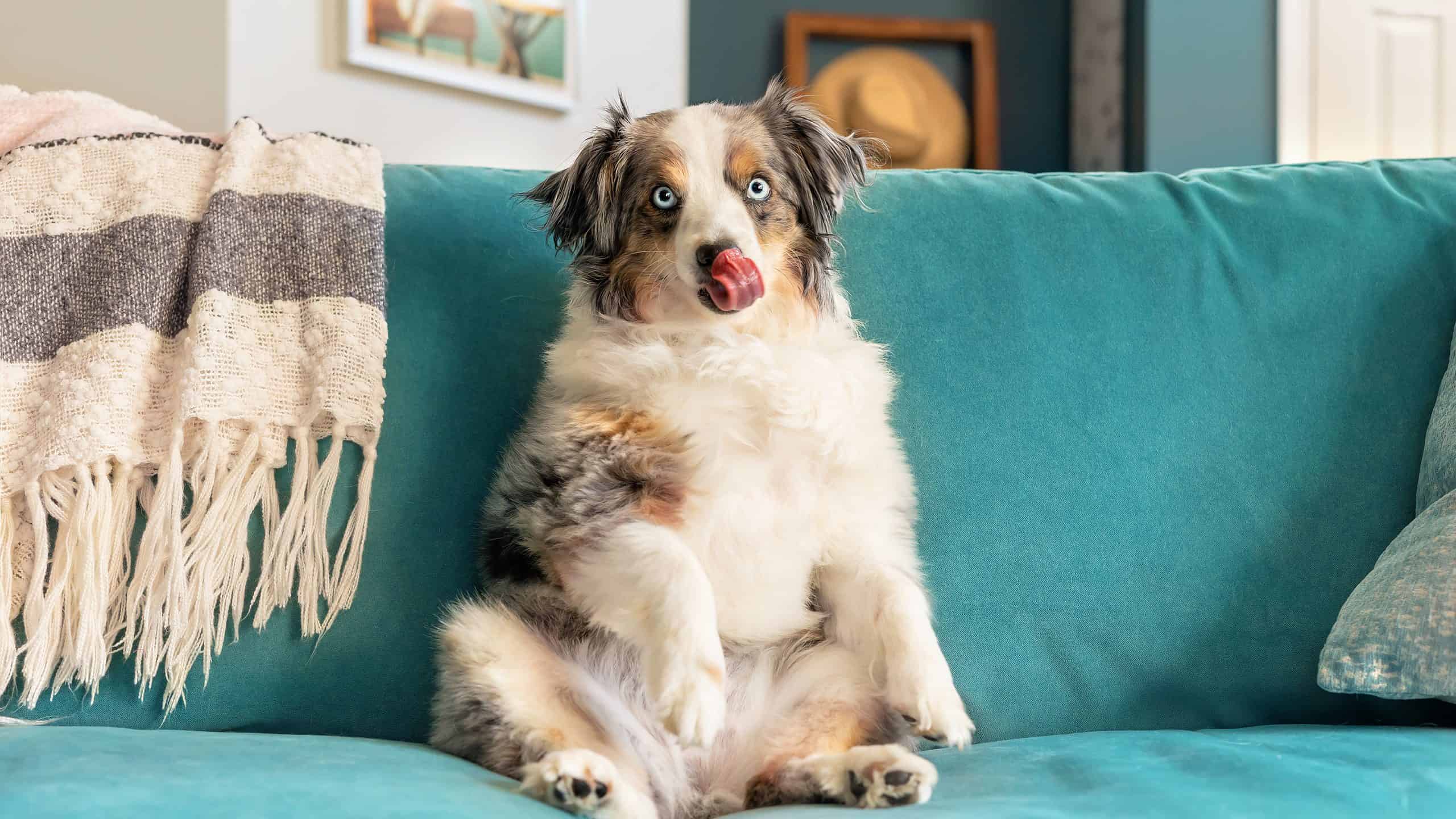

Articles
Why Does My Dog Lick Furniture
Modified: December 6, 2023
Discover why your dog is constantly licking your furniture and how to prevent this behavior. Find effective solutions to save your furniture from unwanted wear and tear.
(Many of the links in this article redirect to a specific reviewed product. Your purchase of these products through affiliate links helps to generate commission for Storables.com, at no extra cost. Learn more)
Introduction
Dogs are known for their curious and sometimes peculiar behaviors. From tail wagging to zoomies, they constantly surprise us with their antics. One behavior that many dog owners may find puzzling is their tendency to lick furniture. Whether it’s the couch, coffee table, or even the walls, dogs seem to have an inexplicable urge to give inanimate objects a good lick.
While it may seem harmless or even amusing, excessive furniture licking can be a cause for concern. In this article, we will explore the reasons behind why dogs lick furniture and what it could potentially indicate about their well-being.
Before we delve into the specifics, it’s important to understand that dogs have a rich history of instinctual behaviors that have been shaped by their evolutionary past. These behaviors, passed down through generations, often serve a purpose in their day-to-day lives.
So, why do dogs lick? Licking is a natural behavior for canines and can serve various functions. It can be a way for them to communicate, groom themselves, show affection, or explore their surroundings. Understanding the underlying reasons for this behavior can give us valuable insights into why dogs may exhibit excessive licking tendencies towards furniture.
Next, we will explore the possible reasons behind why dogs may lick furniture, ranging from separation anxiety to nutritional deficiencies. By identifying the root causes, we can take appropriate steps to address the issue and ensure our furry friends lead a happy and healthy life.
Key Takeaways:
- Understanding the root causes of excessive furniture licking in dogs, such as separation anxiety, boredom, and nutritional deficiencies, is crucial for implementing effective management techniques and ensuring our furry friends lead happy and healthy lives.
- By addressing the underlying reasons behind furniture licking and implementing appropriate strategies, such as providing mental and physical stimulation, creating a safe environment, and seeking professional guidance, we can help our dogs overcome this behavior and foster a strong bond between us and our canine companions.
Read more: Why Is My Dog Licking The Floor
Instinctual Behaviors of Dogs
In order to understand why dogs engage in certain behaviors, it’s important to consider their instinctual nature. Dogs, as descendants of wolves, have inherited a range of behaviors that have helped them survive and thrive in the wild. While domestication has changed some aspects of their behavior, many of their instinctual traits remain intact.
One such behavior is licking. In the wild, social bonding is crucial for the survival of a pack, and licking plays a significant role in reinforcing these social connections. Through licking, dogs can groom each other, show submission or respect, and even communicate trust and affection.
Besides social bonding, dogs also naturally lick to clean themselves. They have rough tongues that effectively remove dirt, debris, and parasites from their coats. This self-grooming behavior helps them maintain good hygiene and reduce the risk of skin infections.
Another instinctual behavior related to licking is the exploration of the environment. Dogs use their sense of taste to gather information about objects and substances they come into contact with. By licking things, they can familiarize themselves with new scents, textures, and tastes, allowing them to better understand their surroundings.
While these instinctual behaviors serve important purposes, excessive licking of furniture can signal underlying issues that need to be addressed. In the following sections, we will explore some of the potential reasons why dogs may engage in this behavior and how to effectively manage it.
Why Dogs Lick
Licking is a natural behavior for dogs and can serve a variety of purposes. Understanding the reasons behind why dogs lick can help us decipher their behavior and provide them with appropriate care and attention.
One of the primary reasons dogs lick is to communicate. Licking can be a way for dogs to show affection and bond with their owners or other animals. It’s their way of expressing love and forming a connection. Additionally, dogs may lick to seek attention or to initiate playtime.
Grooming is another key reason for dogs’ licking behavior. Just as cats groom themselves by licking, dogs use their tongues to keep their fur clean and neat. Licking not only helps remove dirt and debris but also stimulates the production and distribution of natural oils, keeping their skin healthy and their coat shiny.
Furthermore, licking can be a self-soothing mechanism for dogs. When they feel anxious, stressed, or fearful, licking can provide them with comfort and a sense of security. It releases endorphins, which have a calming effect on their emotions and helps relieve anxiety.
In some cases, dogs may also lick as a response to something tasty or appealing. If they detect a leftover food particle or a spillage on furniture, their instinct drives them to lick it in hopes of getting a tasty treat. This behavior is particularly common in furniture with food-related scents or residues.
Lastly, it’s worth mentioning that certain medical conditions can contribute to excessive licking. Dogs may instinctively lick areas that are irritating or painful as a way to alleviate discomfort. If you notice your dog excessively licking a specific spot on their body or furniture, it’s crucial to have them examined by a veterinarian to rule out any underlying health issues.
Understanding the various reasons why dogs lick is essential for discerning between normal and excessive licking behaviors. If your dog’s licking becomes excessive or concerning, it’s important to investigate further and address any potential underlying causes.
Reasons Dogs may Lick Furniture
While licking is a natural behavior for dogs, when directed towards furniture, it can raise some eyebrows. There are several possible reasons why dogs may develop a penchant for licking furniture, and it’s important to identify the underlying cause to ensure their well-being.
Separation Anxiety: Dogs who experience separation anxiety may resort to licking furniture as a way to cope with their anxiety and stress. When left alone, they may redirect their anxious energy towards furniture, providing a sense of comfort and reassurance.
Boredom or Lack of Stimulation: Dogs are social creatures that thrive on mental and physical stimulation. If they’re not provided with enough exercise, playtime, or interaction, they may engage in destructive behaviors, including licking furniture. Boredom can manifest as a way to seek attention or as a self-soothing mechanism.
Pica or Nutritional Deficiencies: Pica is a condition characterized by the consumption of non-food substances, including licking or chewing on furniture. This behavior can sometimes be an indication of a nutritional deficiency. Dogs may lick furniture in their attempt to obtain minerals or nutrients they’re lacking in their diet. A visit to the veterinarian can help determine if there are any dietary deficiencies that need to be addressed.
Stress or Fear: Dogs may resort to licking furniture when they encounter situations that trigger stress or fear. It is their way of seeking comfort and reducing anxiety. This behavior is often seen in response to loud noises, unfamiliar visitors, or changes in the environment.
Compulsive Disorder: Some dogs may develop compulsive behaviors, including excessive licking, as a result of underlying anxiety or mental health issues. Compulsive licking can become a repetitive and self-reinforcing behavior, and it’s important to seek professional help to address the underlying causes of this compulsive behavior.
Identifying the reasons behind a dog’s furniture licking behavior is crucial for implementing effective management techniques. By addressing the root cause, whether it’s separation anxiety, boredom, nutritional deficiencies, stress, or compulsive disorder, you can provide the appropriate training, environmental enrichment, and behavioral modifications to help your furry companion.
Next, we will explore some strategies for managing and redirecting your dog’s furniture licking behavior to ensure a happy and harmonious home environment.
Separation Anxiety
Separation anxiety is a common issue that many dogs experience when left alone. Dogs are social animals, and they form strong bonds with their human companions. When they are separated from their owners, they can become anxious and stressed, leading to various behavioral problems, including licking furniture.
Dogs with separation anxiety may resort to licking furniture as a way to self-soothe and cope with their anxious feelings. The act of licking can release endorphins in their brain, providing them a temporary sense of comfort and security.
There are several signs that may indicate your dog is experiencing separation anxiety. These can include excessive barking or howling, destructive behavior, pacing, panting, house soiling, and, of course, excessive licking. It’s important to note that these behaviors may occur immediately upon your departure or even several hours later.
If you suspect your dog has separation anxiety, there are several strategies you can employ to help alleviate their distress:
- Gradual Desensitization: Gradually expose your dog to being alone for short periods of time and gradually increase the duration. This process helps them learn that being alone is not a cause for panic and anxiety. Start with just a few minutes and gradually build up to longer periods over time.
- Provide a Safe Space: Create a comfortable and secure area for your dog when you’re not home. This can be a crate or a designated room with their bed, toys, and familiar scents. Make it a positive and relaxing environment for them.
- Keep Departures Low-key: Avoid making a big fuss when you leave or come home. It can help prevent your dog from associating your departure or return with high levels of excitement or anxiety.
- Provide Mental and Physical Stimulation: Engage your dog in regular exercise, playtime, and mental stimulation activities. A tired dog is often a calmer dog. This can help reduce their anxiety levels and redirect their energy away from destructive behaviors.
- Consider Professional Help: If your dog’s separation anxiety is severe or persists despite your efforts, seeking the guidance of a professional dog trainer or a veterinarian specializing in behavior may be beneficial. They can provide specialized training techniques, medications, or other interventions tailored to your dog’s specific needs.
Remember, addressing separation anxiety requires patience, consistency, and understanding. By gradually helping your dog feel more comfortable when left alone and providing them with appropriate mental and physical stimulation, you can reduce their anxiety and minimize their furniture licking tendencies.
Read more: Why Does My Dog Obsessively Lick The Carpet
Boredom or Lack of Stimulation
Dogs are highly active and intelligent animals that require mental and physical stimulation to thrive. When they don’t receive enough exercise, playtime, or interaction, they can become bored and resort to engaging in undesirable behaviors, such as excessive licking of furniture.
Boredom can manifest in different ways depending on the dog’s personality and energy level. Some dogs may become restless and seek attention through barking or destructive chewing, while others may exhibit repetitive behaviors like licking furniture.
To address boredom and prevent your dog from excessive furniture licking, it’s important to provide them with appropriate mental and physical stimulation. Here are some strategies you can implement:
- Regular Exercise: Engage your dog in daily physical exercise to help burn off excess energy and provide an outlet for their natural instincts. This can include walks, runs, fetch, or interactive games that get them moving. A tired dog is often a well-behaved and content dog.
- Mental Stimulation: Dogs need mental challenges to keep their minds sharp and engaged. Incorporate activities that require them to think and problem solve, such as puzzle toys, treat-dispensing toys, obedience training, or scent games. These activities can help redirect their focus away from furniture licking and provide them with a healthy outlet for their energy.
- Rotate Toys: To prevent boredom, rotate your dog’s toys regularly. This helps keep their toys novel and exciting, as they won’t have access to all their toys at once. It can also prevent them from becoming overly attached to a particular toy or object, reducing the likelihood of excessive licking.
- Interactive Playtime: Engage in interactive play sessions with your dog to strengthen your bond and provide mental and physical stimulation. This can include games like fetch, tug-of-war, or hide-and-seek. Not only does it provide them with exercise, but it also redirects their attention away from furniture.
- Enrich Their Environment: Ensure your dog’s environment is enriched with interesting and safe objects to explore. Provide them with chew toys, puzzle toys, and interactive feeders to keep their minds occupied and prevent boredom. You can also consider setting up an indoor or outdoor agility course for them to navigate and explore.
By implementing these strategies, you can help combat boredom and provide your dog with the mental and physical stimulation they need. This can lead to a decrease in furniture licking, as they will have healthier outlets for their energy and a more enriched environment to keep them mentally engaged.
Provide your dog with appropriate chew toys and bones to redirect their licking behavior away from the furniture. Additionally, ensure your dog is getting enough physical and mental stimulation to prevent boredom licking.
Pica or Nutritional Deficiencies
Pica is a condition characterized by the consumption of non-food substances, including licking or chewing on furniture. While the exact cause of pica is not fully understood, it is believed to be influenced by a combination of factors, including nutritional deficiencies.
In some cases, dogs may lick furniture as a way to compensate for certain nutritional deficiencies in their diet. They may instinctively attempt to obtain minerals or nutrients they are lacking by licking or chewing on furniture that may have traces of those substances. This behavior is often seen in furniture with food-related scents or residues.
If you suspect that nutritional deficiencies may be contributing to your dog’s furniture licking behavior, it is important to consult with a veterinarian. They can evaluate your dog’s diet, perform blood tests, and recommend appropriate dietary modifications or supplements to address any potential deficiencies.
Providing a well-balanced and nutritionally complete diet is crucial to meet your dog’s dietary needs. Make sure to feed them high-quality dog food that is appropriate for their age, size, and activity level. If you have any concerns about their nutritional intake, it is best to consult with a veterinarian who can provide tailored advice based on your dog’s specific needs.
In addition to addressing potential nutritional deficiencies, there are other strategies you can employ to discourage your dog from licking furniture:
- Bitter Sprays: Use bitter-tasting sprays or deterrents specifically designed for furniture to make it less appealing for your dog to lick. These sprays have a bitter taste that dogs find unpleasant, discouraging them from engaging in the behavior.
- Provide Appropriate Chew Toys: Offer a variety of safe and durable chew toys that satisfy your dog’s natural urge to chew. This can redirect their attention away from furniture and provide them with an appropriate outlet for their chewing instincts.
- Positive Reinforcement: Reward your dog with praise, treats, and attention when they exhibit desired behaviors, such as chewing their toys instead of furniture. Positive reinforcement can help reinforce the behavior you want to see and discourage unwanted behaviors.
- Supervised Access: Limit your dog’s access to furniture when you are unable to supervise them closely. This can be done by using baby gates or designating certain areas of the house as off-limits. Providing a safe and dog-friendly environment can help prevent unwanted behaviors, including furniture licking.
By addressing any potential nutritional deficiencies, providing appropriate chew toys, and using positive reinforcement techniques, you can help deter your dog from licking furniture and redirect their behavior towards more appropriate activities.
Stress or Fear
Stress and fear can manifest in different ways in dogs, and one common way they may cope with these emotions is through excessive licking, including licking furniture. Dogs may resort to licking as a self-soothing mechanism to provide themselves comfort and alleviate their feelings of stress or fear.
Several situations or stimuli can trigger stress or fear in dogs. These can include loud noises (such as thunderstorms or fireworks), unfamiliar visitors or animals, changes in the household, or traumatic experiences. When faced with these stressors, dogs may seek solace in the repetitive action of licking.
If you suspect that your dog’s furniture licking is due to stress or fear, it is important to create a calming and safe environment for them. Here are some strategies to help alleviate their anxiety:
- Create a Safe Space: Set up a designated area in your home where your dog can retreat to when they feel overwhelmed. Provide a cozy bed, blankets, and toys to make it a comfortable space. This safe space can serve as a sanctuary where your dog can feel secure and find relief from stress or fear.
- Implement Calming Techniques: Utilize calming techniques, such as aromatherapy with soothing scents like lavender or chamomile, soft music, or the use of calming pheromone diffusers. These can help create a relaxing atmosphere and promote a sense of tranquility for your dog.
- Desensitization and Counterconditioning: If your dog’s fear or stress is triggered by specific stimuli, such as visitors or loud noises, desensitization and counterconditioning techniques may be beneficial. Gradually expose your dog to these triggers at a low intensity, while providing positive reinforcement and rewards. Over time, this can help change their emotional response and reduce their anxiety.
- Consult with a Professional: If your dog’s stress or fear is severe or persistent, seeking guidance from a professional dog trainer or a veterinarian specializing in behavior may be necessary. They can assess your dog’s specific situation and provide tailored advice or recommend appropriate behavior modification techniques or medications.
It is important to approach your dog’s stress or fear with patience, empathy, and understanding. By creating a calming environment and implementing effective management techniques, you can help reduce their anxiety and discourage excessive furniture licking as a coping mechanism.
Compulsive Disorder
In some cases, excessive licking of furniture in dogs can be a sign of a compulsive disorder. Dogs with compulsive disorders exhibit repetitive behaviors that serve no apparent purpose and are difficult for them to control or stop. Compulsive licking is one such behavior that can be observed in affected dogs.
Compulsive behaviors in dogs can have underlying factors, such as genetics, stress, anxiety, or a lack of mental and physical stimulation. Some dogs may develop compulsive licking as a way to self-soothe or relieve stress, similar to humans engaging in repetitive behaviors as a coping mechanism.
Identifying compulsive behavior requires observing the frequency, intensity, and duration of the licking behavior. If you suspect your dog has a compulsive disorder, it is important to consult with a veterinarian or a certified animal behaviorist to diagnose and develop an appropriate treatment plan.
The treatment for compulsive disorders in dogs often involves a combination of behavior modification techniques, environmental modifications, and, in some cases, medication. Here are some strategies that may be recommended:
- Behavior Modification: Under the guidance of a professional, implement behavior modification techniques to redirect your dog’s attention away from furniture licking towards alternative, more desirable behaviors. This can involve providing them with interactive toys, engaging in mentally stimulating activities, and teaching them new tricks or obedience commands.
- Environmental Enrichment: Ensure your dog’s environment is enriching and stimulating. Provide them with plenty of physical exercise, mental stimulation, and interactive toys to redirect their attention away from repetitive behaviors. Rotate toys and offer a variety of textures and challenges to keep them engaged.
- Medication: In severe cases, medication may be prescribed by a veterinarian to help manage the compulsive behavior. These medications aim to reduce anxiety, obsessive thoughts, and improve overall emotional well-being. Medication should always be used in conjunction with behavior modification techniques and under the guidance of a professional.
- Consistency and Patience: Treating compulsive behaviors takes time and patience. It is important to remain consistent in your training efforts, provide a structured routine, and offer positive reinforcement for desired behaviors. Be patient with your dog and understand that progress may be gradual.
It is important to address compulsive behavior as early as possible to prevent it from escalating or causing distress to your dog. With proper management and a comprehensive treatment approach, you can help your dog lead a healthier, more balanced life.
Read more: Why Does My Dog Lick The Couch Cushions
Behavioral Training and Management Techniques
Addressing and managing excessive furniture licking in dogs requires a combination of behavioral training techniques and effective management strategies. By implementing these techniques, you can help redirect your dog’s behavior and discourage them from engaging in this undesirable habit.
1. Redirect and Replace: When you catch your dog licking furniture, immediately redirect their attention to an appropriate alternative, such as a chew toy or interactive puzzle toy. Encourage them to engage with the toy and reward them with praise or treats for choosing the appropriate behavior.
2. Positive Reinforcement: Use positive reinforcement to reward your dog for engaging in desired behaviors, such as chewing their toys or lying on their bed instead of licking furniture. Offer verbal praise, treats, or a favorite toy to reinforce the behavior you want to see more of.
3. Training and Obedience: Enroll your dog in obedience training classes or work on training exercises at home. Teaching basic commands, such as “sit,” “stay,” and “leave it,” can help establish boundaries and give you better control over their behavior. Consistent training sessions can also provide mental stimulation and help redirect their energy.
4. Environmental Management: Create an environment that discourages furniture licking. Use bitter sprays or deterrents specifically formulated for furniture. These products have an unpleasant taste that can deter your dog from licking. Alternatively, you can cover furniture with temporary barriers or use pet-safe furniture covers to prevent access.
5. Consistency and Routine: Establish a consistent daily routine for your dog. Dogs thrive on predictability and structure. Regular feeding times, exercise sessions, playtime, and mental stimulation activities can help reduce anxiety, boredom, and the urge to engage in undesirable behaviors such as licking furniture.
6. Seek Professional Help: If your dog’s furniture licking persists despite your best efforts, it may be beneficial to seek the guidance of a professional dog trainer or a veterinarian specializing in behavior. They can assess your dog’s specific situation, provide personalized advice, and develop a customized training plan to address the behavior effectively.
7. Provide Mental and Physical Stimulation: Boredom and lack of stimulation can contribute to excessive licking. Engage your dog in activities that challenge their mind and body, such as puzzle toys, scent games, agility training, or interactive play sessions. This will help redirect their energy and provide healthy outlets for their natural instincts.
Remember, patience and consistency are key when implementing behavioral training and management techniques. It may take time for your dog to break the habit of furniture licking and redirect their behavior. Stay positive, reward desired behaviors, and be persistent in your efforts. With time and dedication, you can help your dog develop healthier habits and create a harmonious living environment for both you and your furry friend.
Conclusion
Excessive furniture licking in dogs can be a puzzling and frustrating behavior for pet owners. However, understanding the reasons behind this behavior is key to addressing it effectively and ensuring the well-being of our furry friends.
We have explored various factors that can contribute to dogs licking furniture, including separation anxiety, boredom, pica or nutritional deficiencies, stress, and compulsive disorders. By identifying the root cause, we can take appropriate steps to manage and modify their behavior.
Through behavioral training and management techniques, we can redirect their attention, provide appropriate stimulation, and reinforce positive behaviors. This includes redirecting their focus to chew toys, providing mental and physical stimulation, creating a safe and enriched environment, and seeking professional guidance when needed.
It is important to remember that addressing excessive furniture licking requires patience, consistency, and understanding. Each dog is unique, and what works for one may not work for another. Tailor your approach to your individual dog’s needs and consult with professionals if necessary.
By addressing the underlying causes of furniture licking and implementing appropriate strategies, we can help our dogs lead happier, healthier lives. Remember, a well-balanced and enriched environment, along with positive reinforcement and consistent training, can go a long way in redirecting their behavior and fostering a strong bond between you and your canine companion.
So, the next time you find your dog licking the furniture, approach it with understanding and determination. With your guidance and support, you can help them overcome this behavior and create a loving, harmonious home for both you and your furry friend.
Frequently Asked Questions about Why Does My Dog Lick Furniture
Was this page helpful?
At Storables.com, we guarantee accurate and reliable information. Our content, validated by Expert Board Contributors, is crafted following stringent Editorial Policies. We're committed to providing you with well-researched, expert-backed insights for all your informational needs.
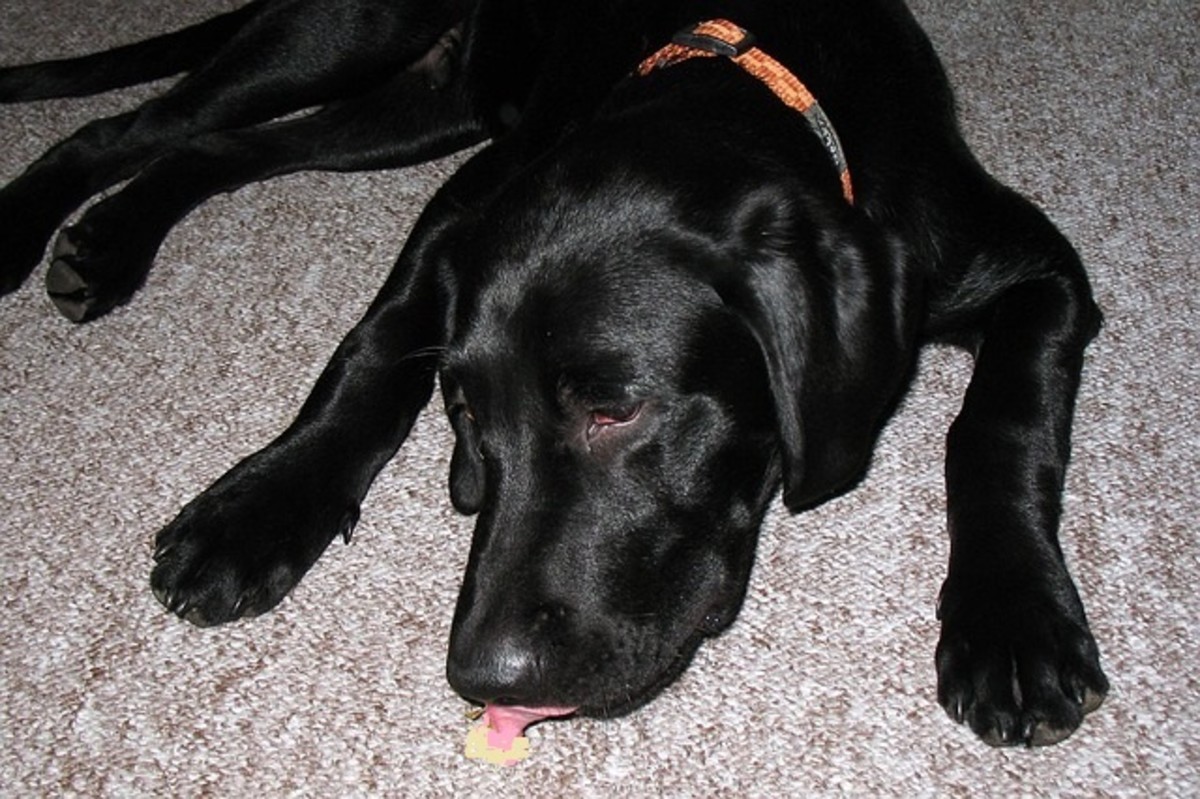
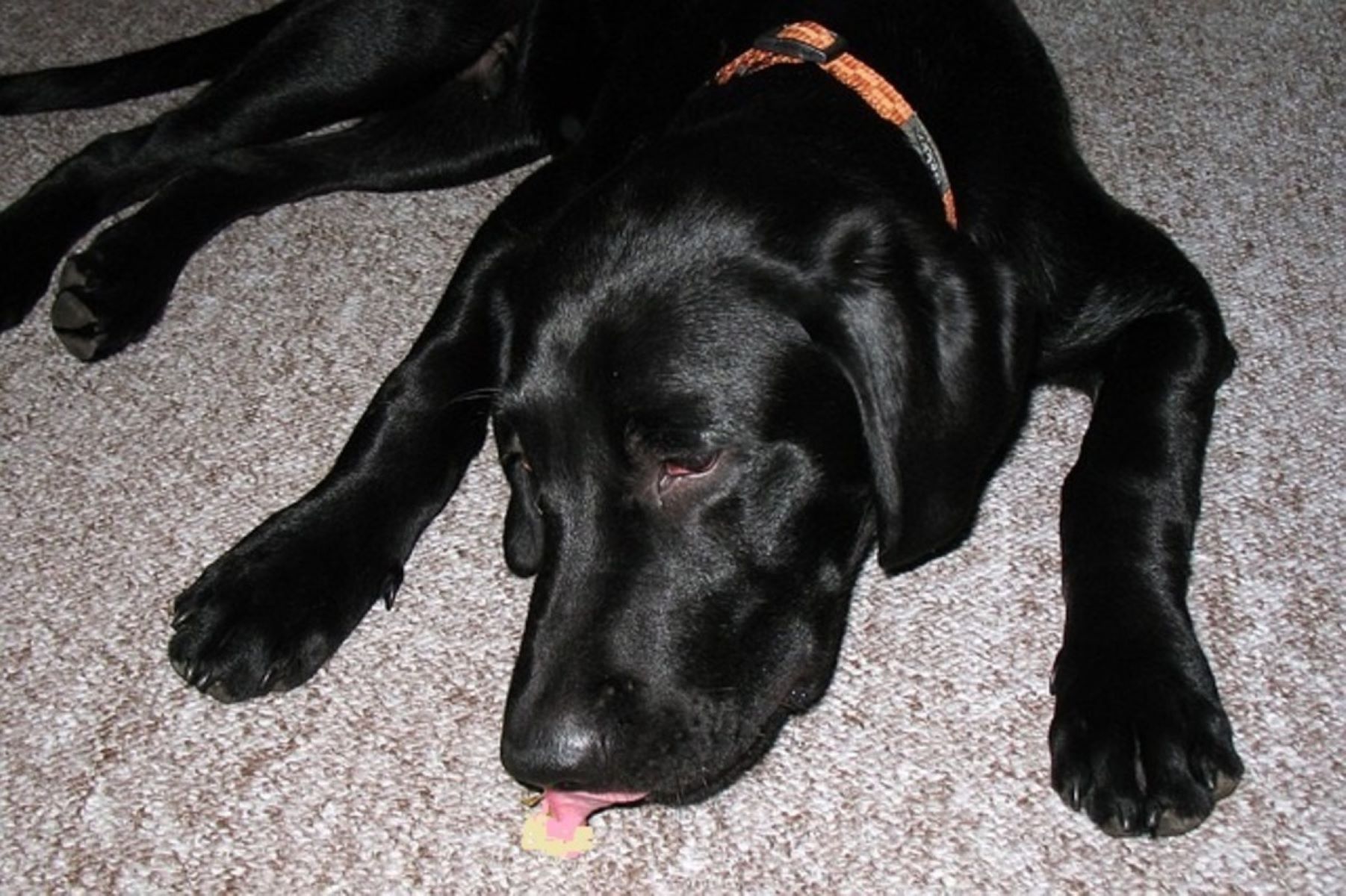
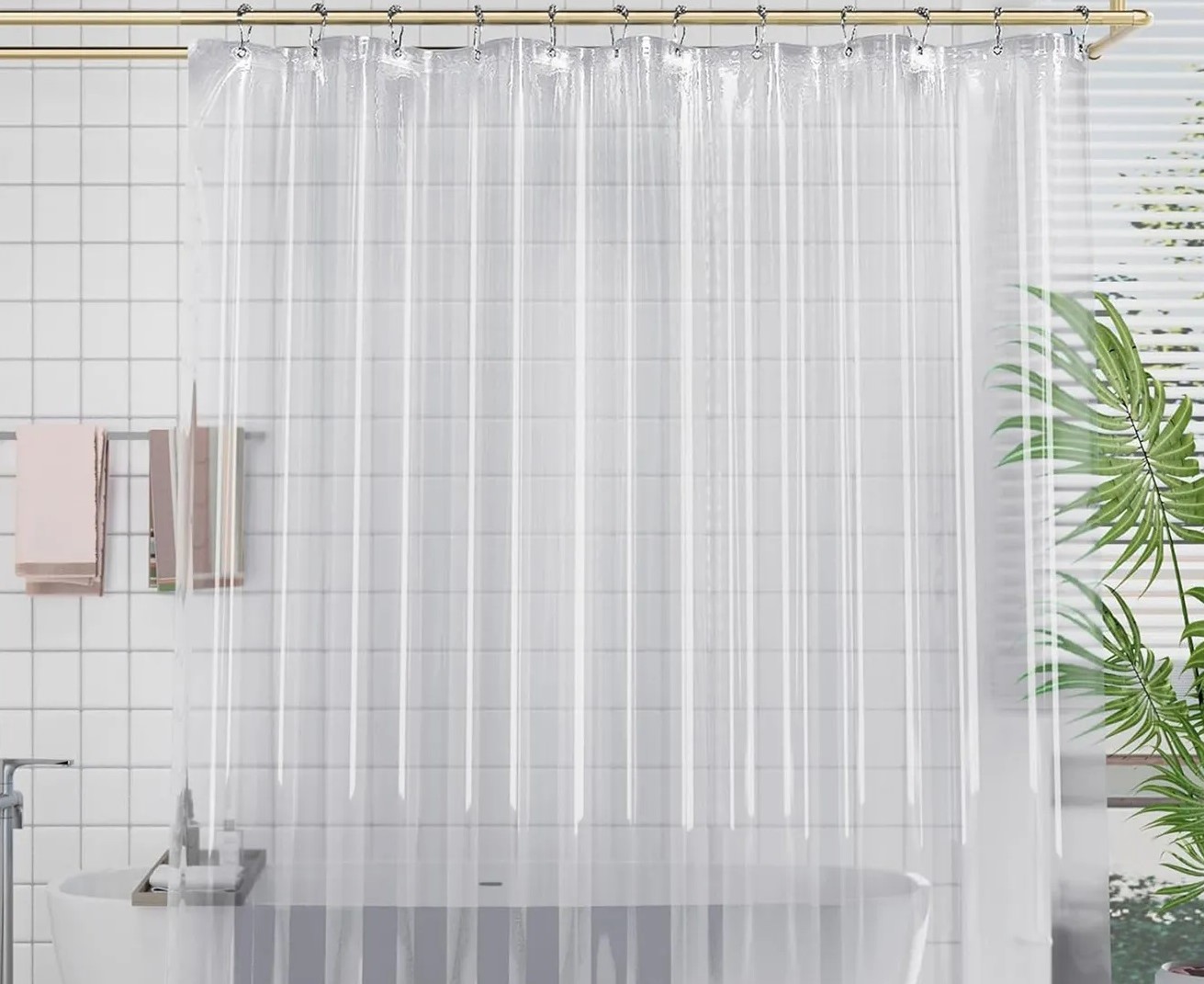


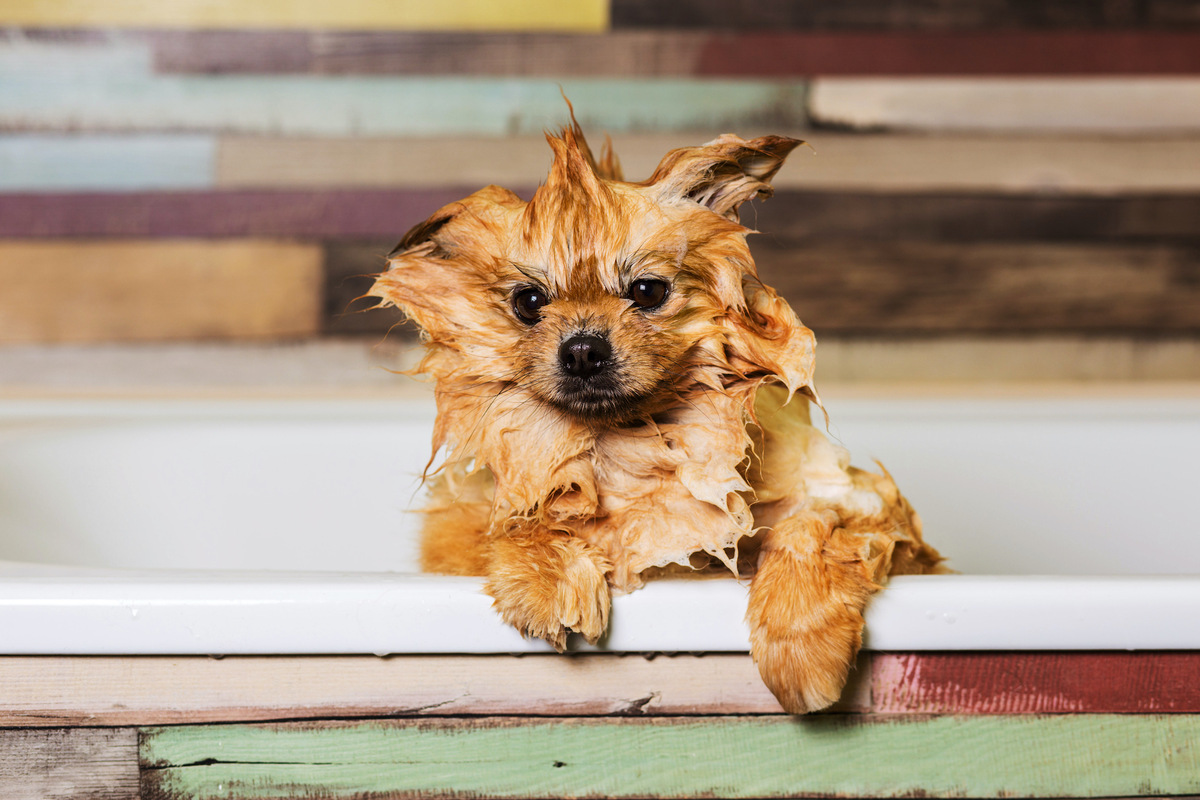
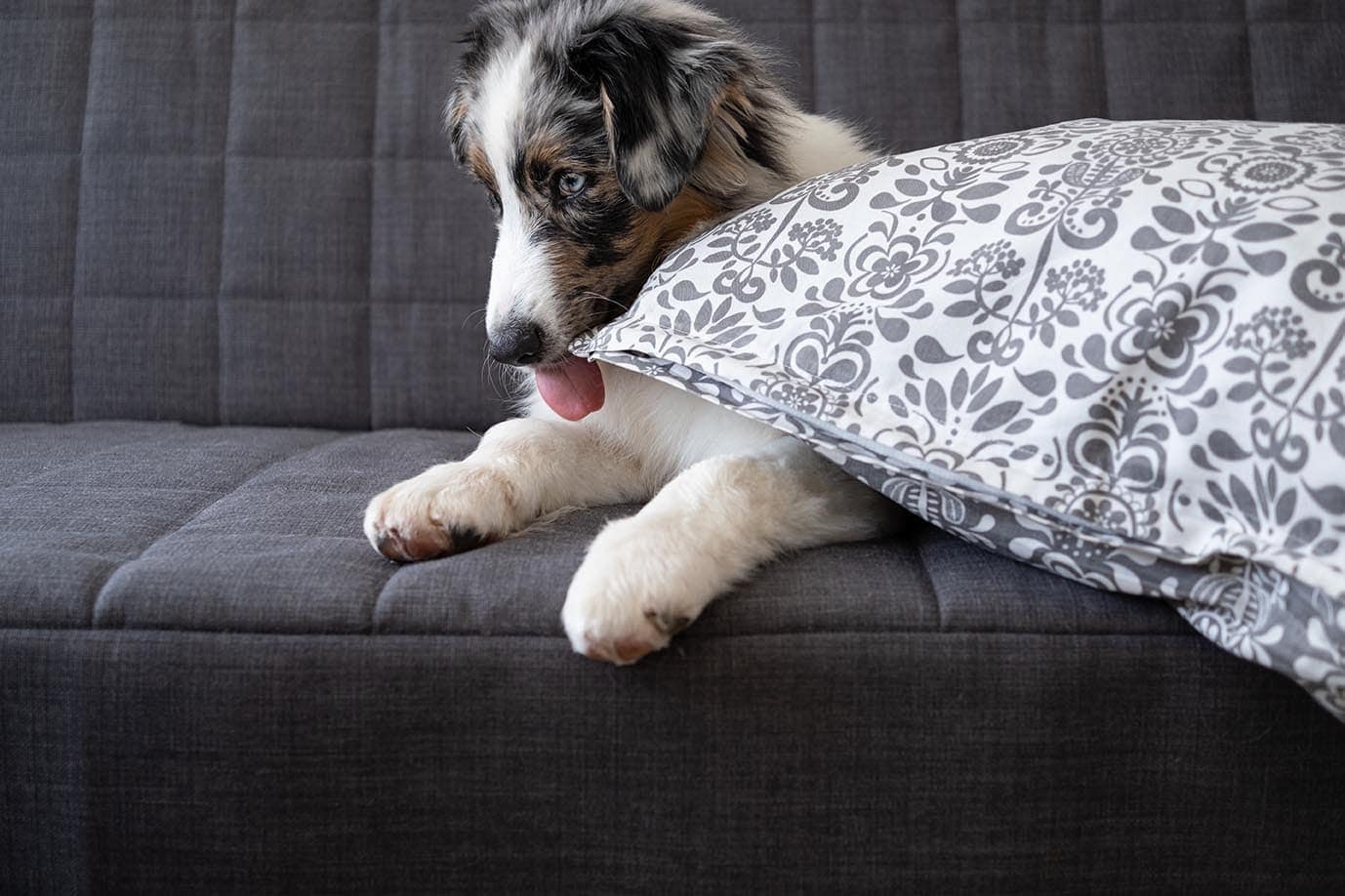
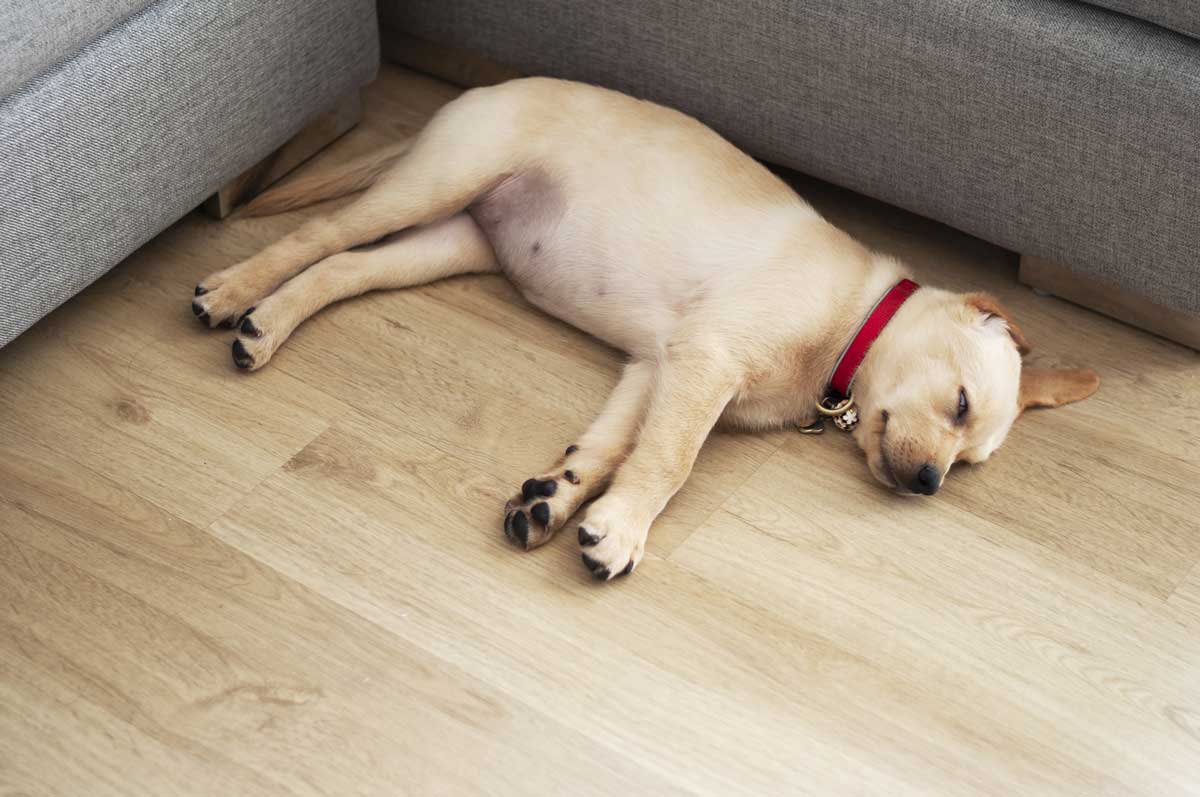
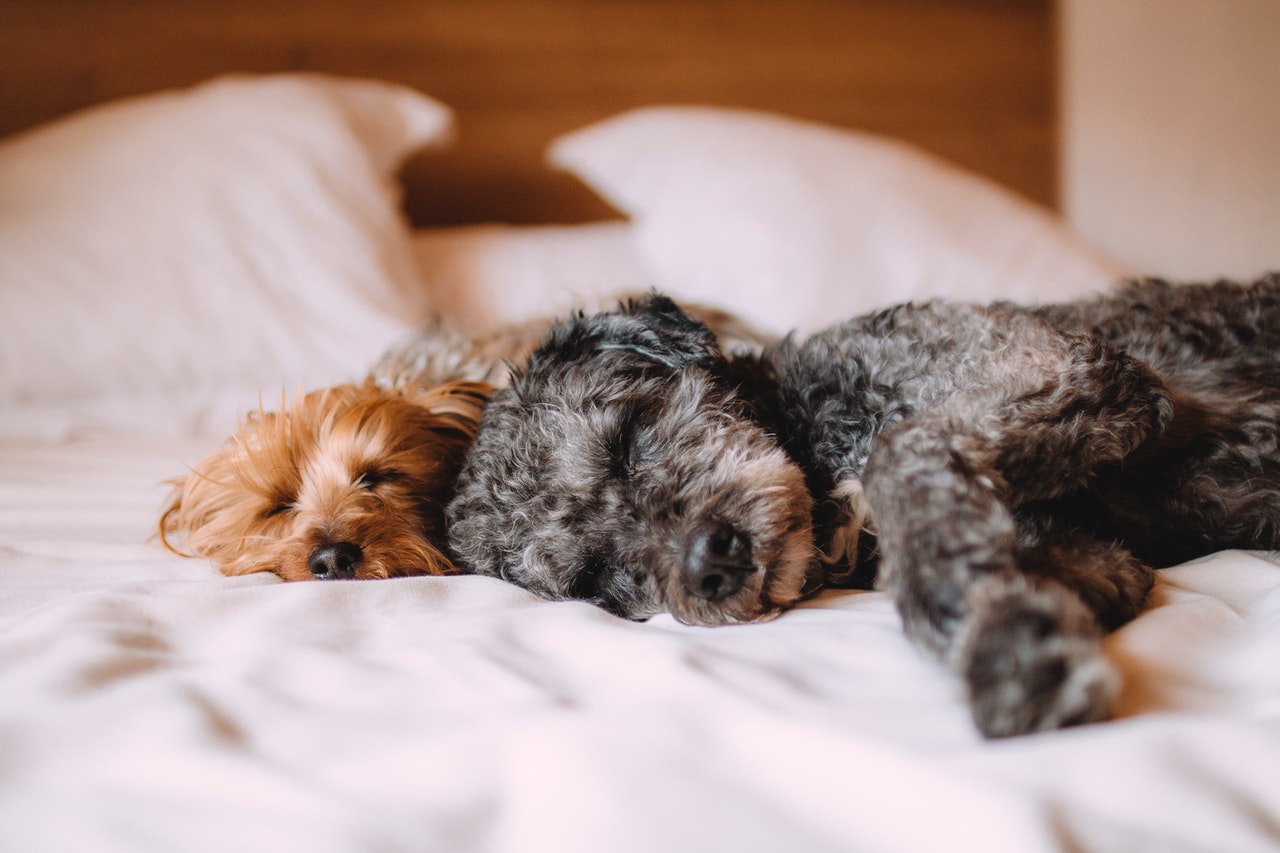

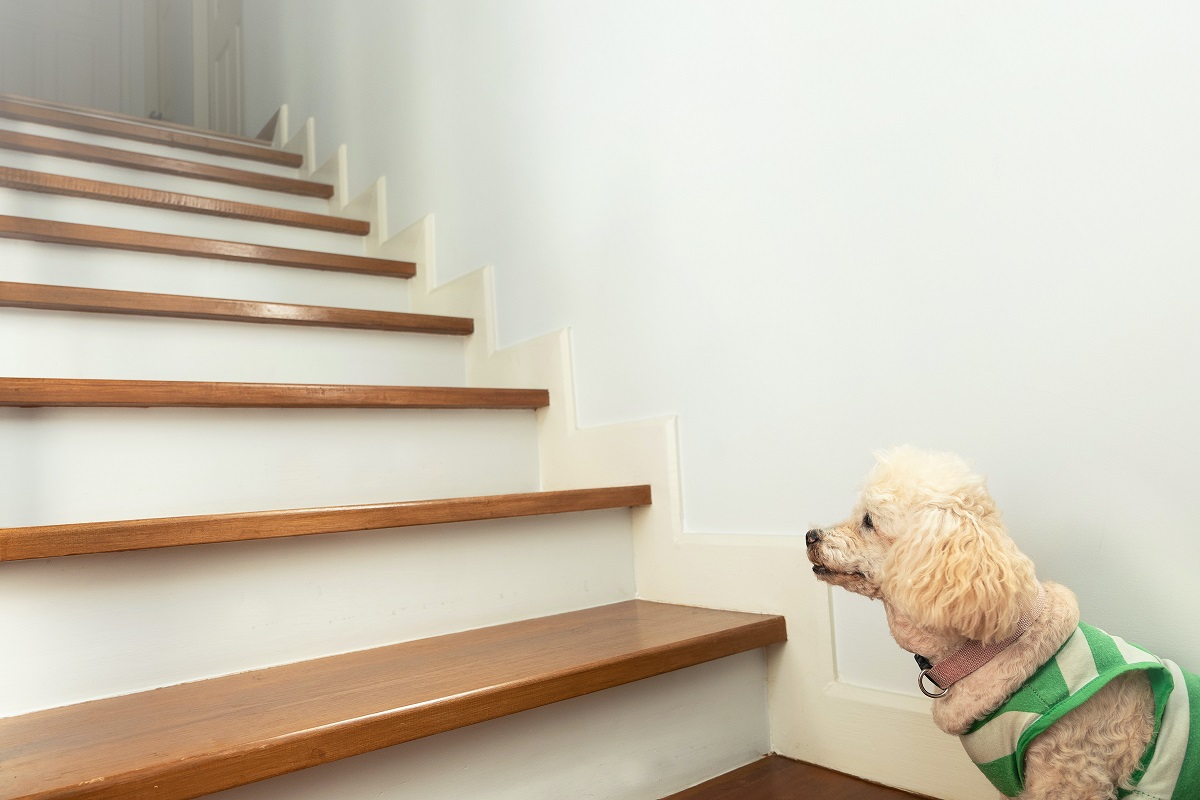
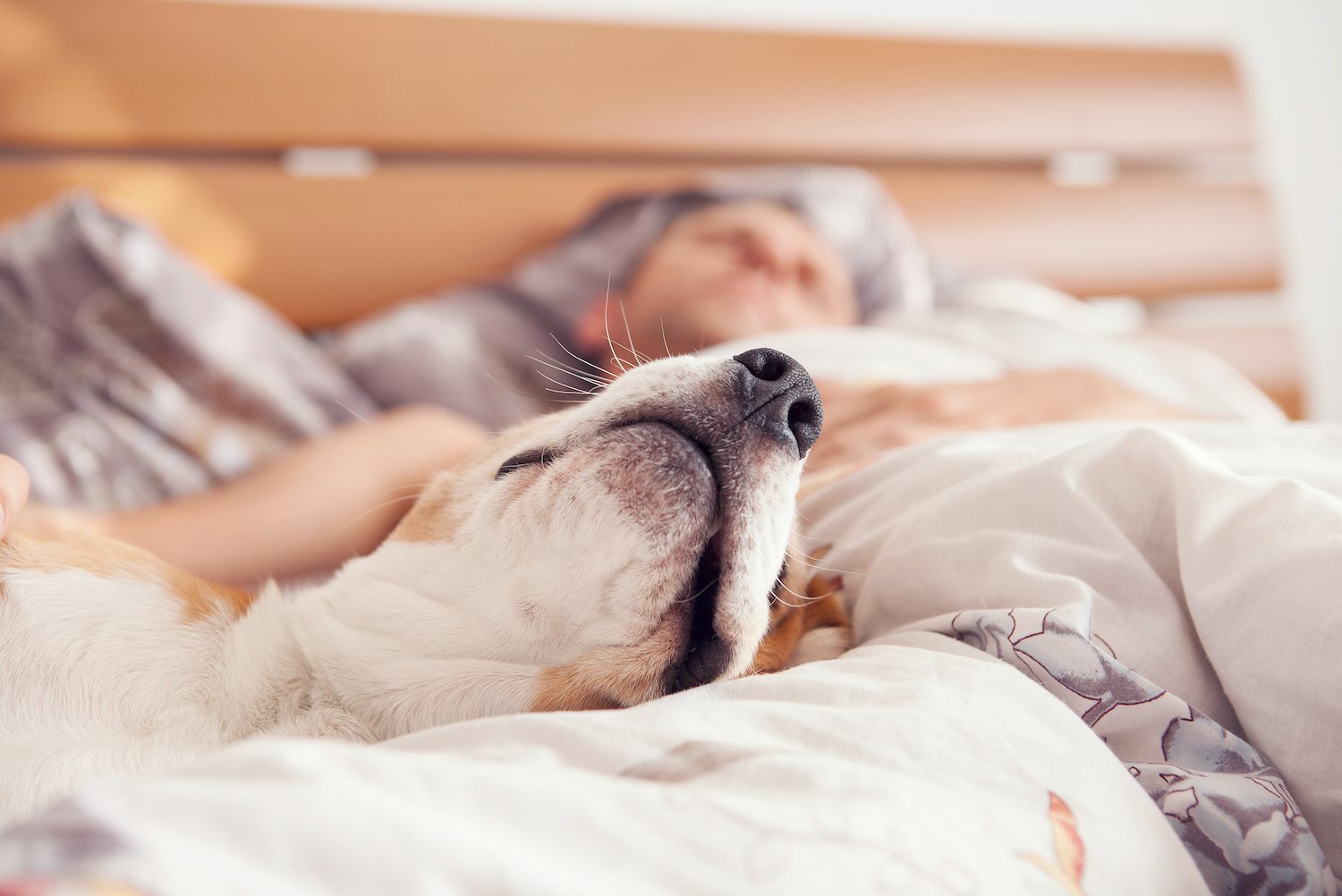
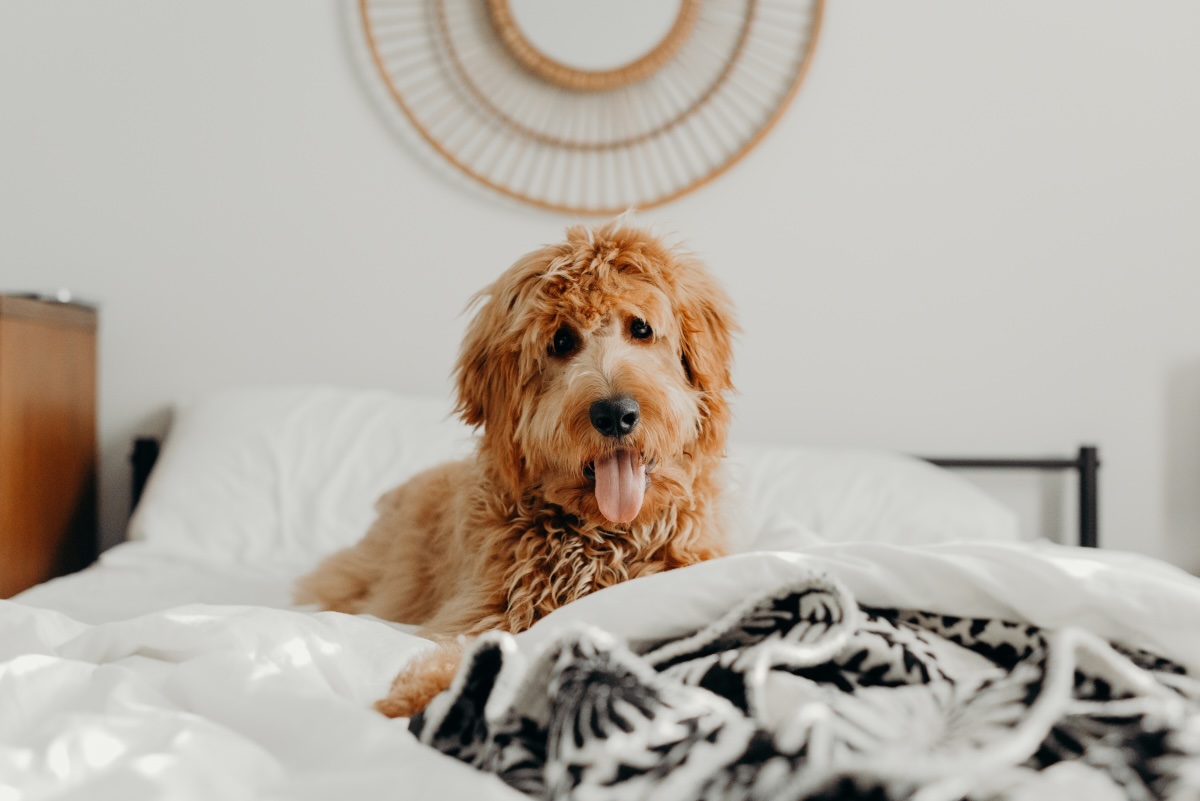

0 thoughts on “Why Does My Dog Lick Furniture”